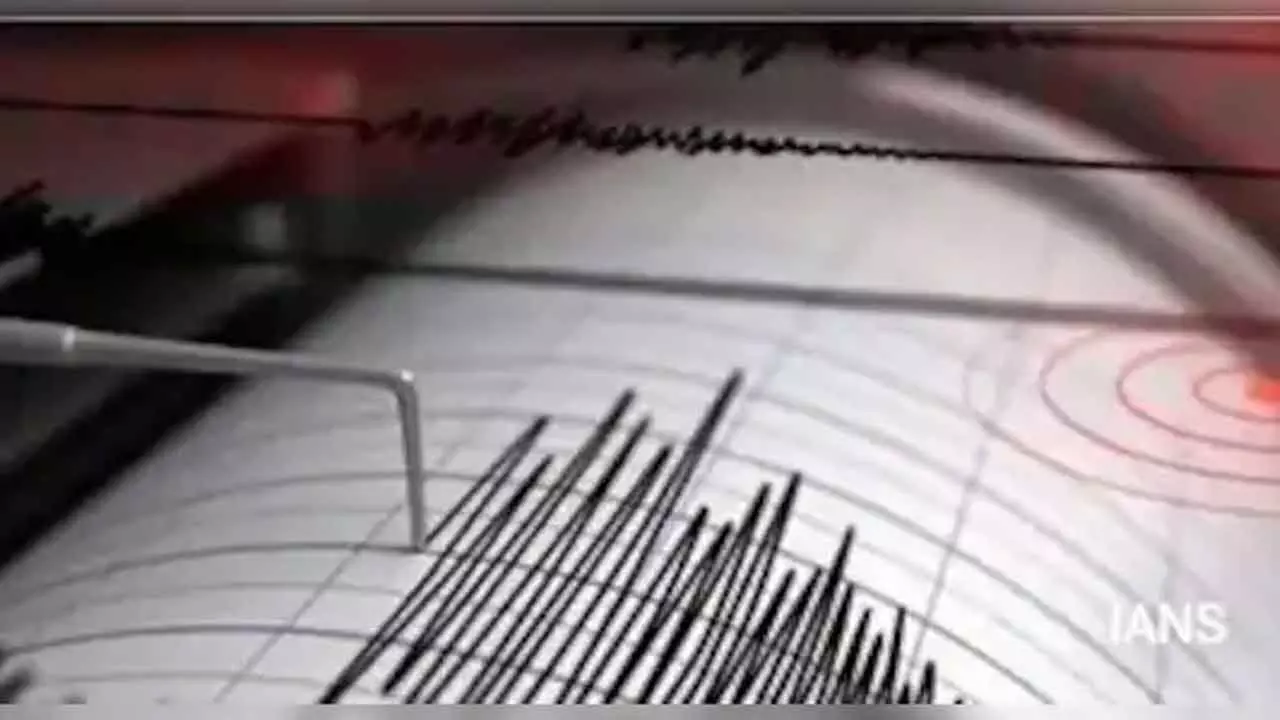Delhi Rocked: Residents Describe "Longest Quake Ever" as 4.4 Magnitude Tremor Strikes Haryana
A 4.4 magnitude earthquake centered in Haryana sent strong tremors through Delhi and NCR, startling residents who described it as the "longest ever." Discover why Delhi is prone to quakes and essential safety tips.
image for illustrative purpose

A significant earthquake, measuring approximately 4.4 on the Richter scale, sent unsettling tremors across Delhi and the wider National Capital Region (NCR) today. Originating from Haryana's Jhajjar district at a shallow depth of just 10 kilometers, according to the National Institute of Seismology, the quake struck precisely at 9:04 AM, prompting widespread concern and immediate reactions from a startled populace.
Across various Delhi neighborhoods, the sudden jolt caused fans to sway and household items to rattle, leading many residents to quickly evacuate their homes. The tremors were equally pronounced in bustling office hubs like Noida and Gurugram, where computer systems visibly shook, prompting professionals to step out of their buildings as a precautionary measure.
Beyond the capital, the earthquake's reach extended deep into Haryana, with tremors reported in Gurugram, Rohtak, Dadri, and Bahadurgarh. Its impact was even felt as far as Meerut and Shamli in western Uttar Pradesh, nearly 200 kilometers from the epicenter in Jhajjar, highlighting the quake's considerable spread.
Social media platforms quickly buzzed with firsthand accounts as people shared their experiences. A common theme emerged: many described the shaking as unusually prolonged, with some remarking it felt like the "longest earthquake" they had ever experienced.
In the immediate aftermath, the National Disaster Response Force (NDRF) issued a timely advisory, urging calm and caution. Their guidance included vital safety tips: avoid panicking, use stairs if evacuating, and for those driving, pull over to a safe, open space.
Delhi's susceptibility to earthquakes is well-documented, primarily due to its unique geological position. The Delhi Disaster Management Authority (DDMA) explains that seismicity in north India, particularly the Himalayas, is a direct consequence of the powerful collision between the Indian and Eurasian tectonic plates. This immense pressure causes the plates to flex and store energy, much like a coiled spring. An earthquake occurs when this stored energy is suddenly released as the plate margins finally slip.
Situated in Seismic Zone 4, Delhi faces a higher risk of seismic activity. The national capital lies in close proximity to several active fault lines, including the Delhi-Haridwar Ridge, the Sohna Fault, the Delhi-Moradabad Fault, and the Mahendragarh-Dehradun Fault, all contributing to its vulnerability. Historical records indicate that since 1720, Delhi has experienced at least five earthquakes exceeding a magnitude of 5.5 on the Richter scale, underscoring the city's ongoing seismic challenge.

